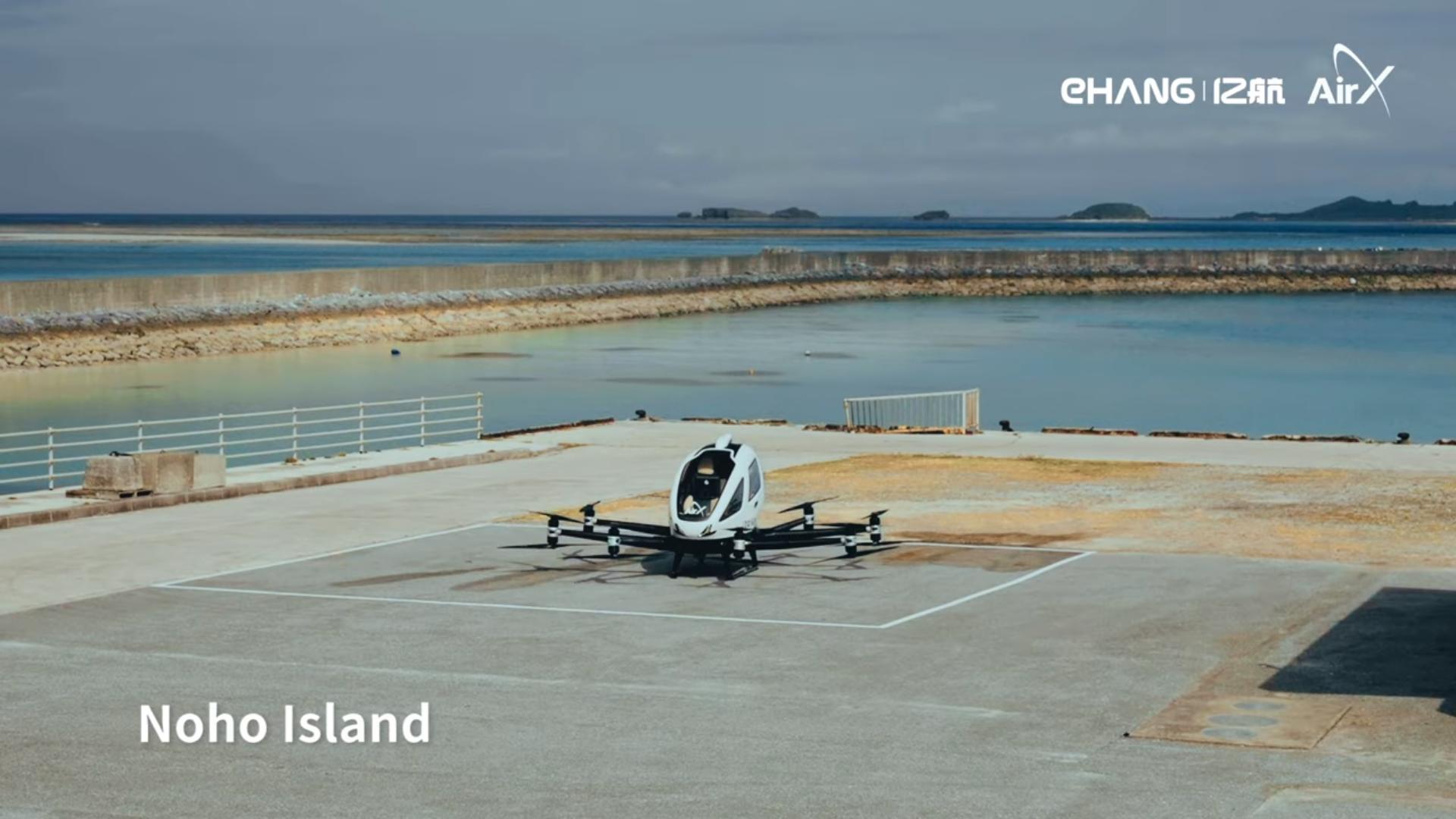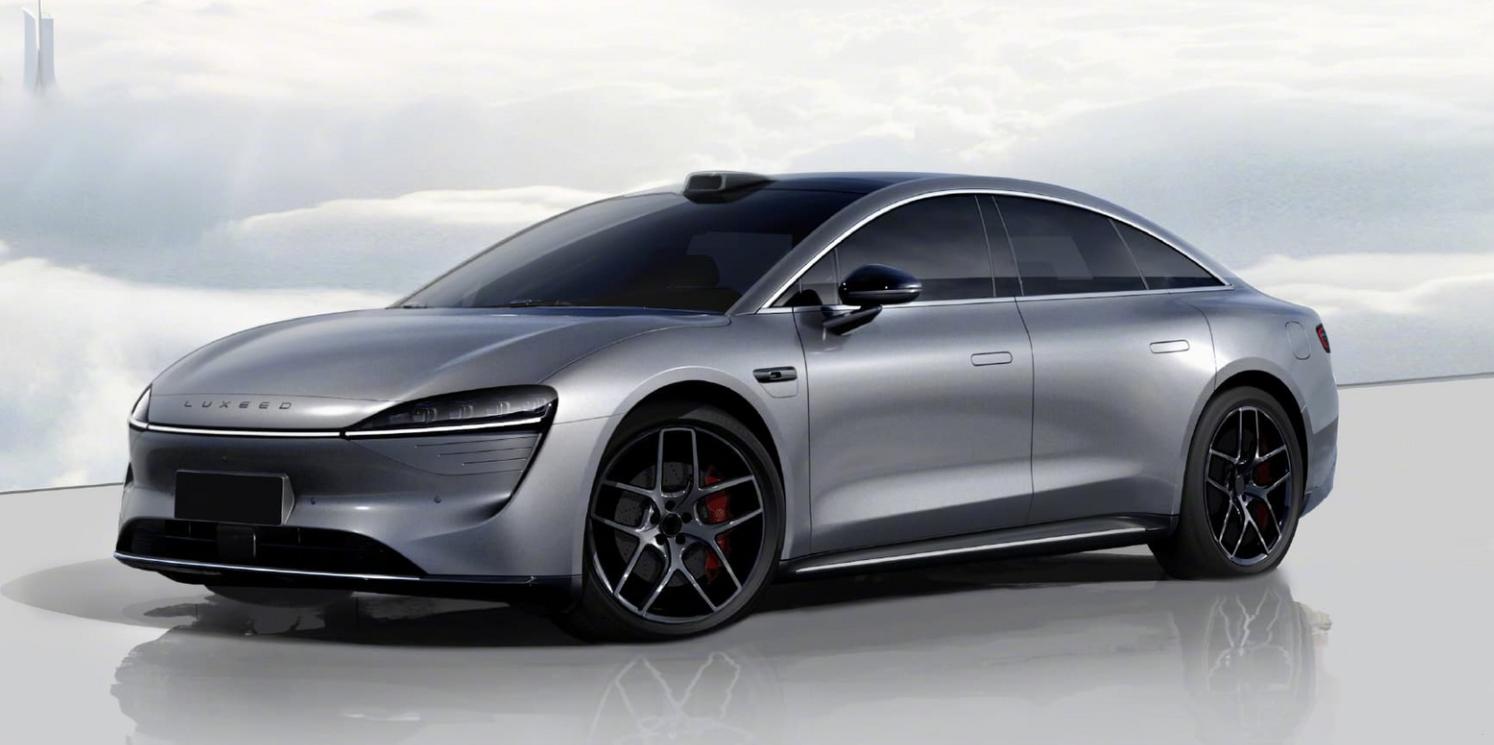In a groundbreaking leap towards the future, China welcomes the arrival of the robotaxi, an electric aircraft designed for passenger transportation. Capable of carrying up to two passengers, this electric vertical takeoff and landing (eVTOL) vehicle boasts an impressive range of 30 kilometers.
An increasing number of companies are channeling their investments into eVTOLs, focusing on the future of urban mobility. Following the initiatives like ServCity’s robotaxis in London and experiments in San Francisco, China has now joined the nations emphasizing such innovative services, as reported by Moveo by Telepass.
China’s inaugural robotaxi, named EH216–S, represents a paradigm shift in transportation. It is a fully automated, electric passenger aircraft. Hu Huazhi, the founder and CEO of EHang, stated, “We will commence the commercial operation of pilotless eVTOLs, prioritizing safety above all else.”
The Company’s Vision: Utilizing Robotaxis for Tourism
EHang envisions a future where these robotaxis are extensively used for tourism, revolutionizing the way people explore destinations. By combining cutting-edge technology with a focus on safety, the company aims to redefine the travel experience. Although an official commencement date for commercial operations has not been announced yet, the mere presence of such advanced technology signals a new era in transportation.
The introduction of robotaxis in China underscores the nation’s commitment to embracing technological advancements and integrating them into everyday life. This development not only transforms how people move within cities but also opens doors to limitless possibilities in the realms of tourism and beyond.
A Glimpse into the Future
The EH216–S symbolizes a future where urban transportation is not bound by conventional constraints. With the ability to bypass traffic and reach destinations swiftly, these robotaxis hold the promise of a more efficient, convenient, and eco-friendly commuting experience.
As cities around the world grapple with congestion and pollution, the introduction of eVTOLs offers a glimpse into a cleaner, quieter, and more streamlined future. By reducing the reliance on traditional roadways, these aerial vehicles could potentially alleviate traffic congestion and reduce the carbon footprint of urban commuting.
Challenges and Opportunities
While the prospect of flying taxis is undeniably exciting, it also brings forth challenges. Infrastructure, air traffic management, and regulatory frameworks need to evolve to accommodate this revolutionary mode of transportation. Collaborative efforts between governments, tech companies, and urban planners are essential to create an environment where eVTOLs can thrive safely and efficiently.
In conclusion, the launch of robotaxis in China signifies a significant stride toward a future that once existed only in the realms of science fiction. As technology continues to evolve, it is crucial for societies worldwide to embrace such innovations, not only for the sake of convenience but also for the betterment of the environment and the overall quality of life. The skies are no longer the limit; they are the new horizon for transportation.
Flying Cars are No Longer Sci-Fi: Robotaxis Take Off in China Too
In a groundbreaking leap towards the future, China welcomes the arrival of the robotaxi, an electric…
Huawei Introduces Cars Instead of Phones: Luxeed EH3 by Chery
In a strategic move diverging from its mobile phone focus, Huawei, a well-known name in Europe for i…
Converting a Petrol Car to a Hydrogen-Powered Car: An Overview
As the world continues to explore alternative fuels and technologies to reduce greenhouse gas emissi…


